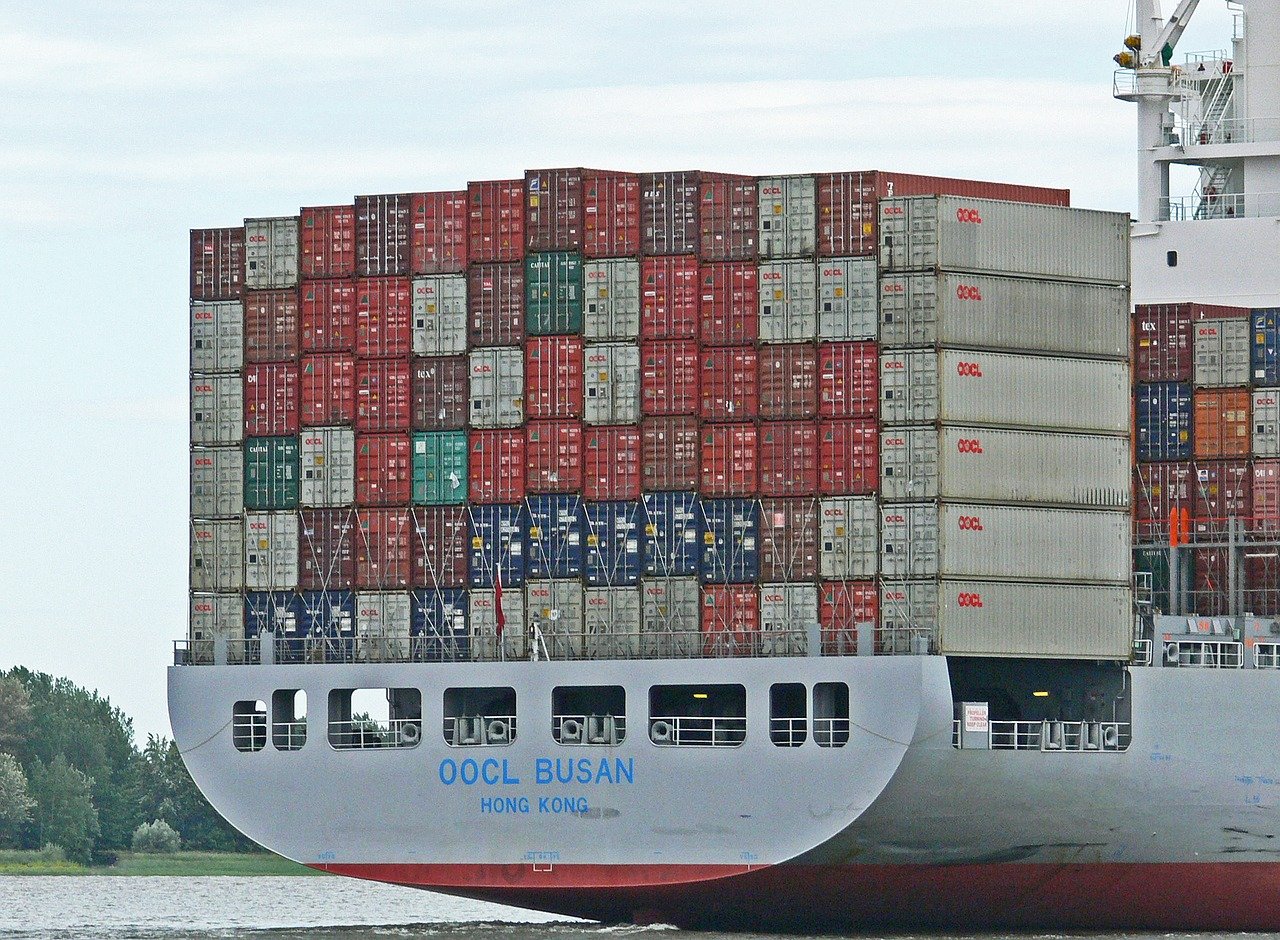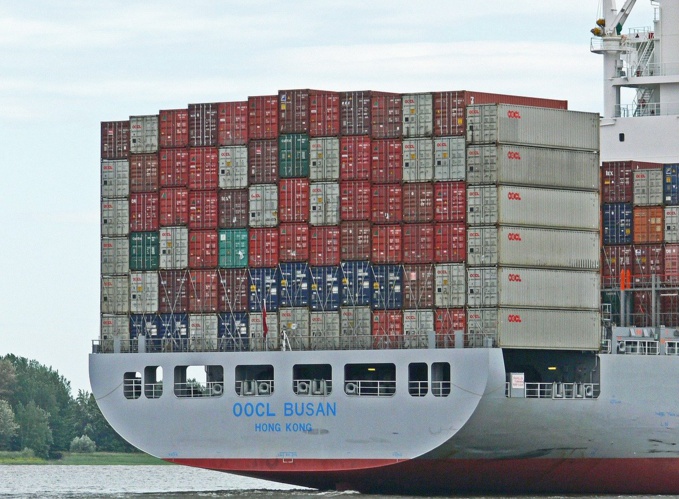Container shipping disruptions linked to the new outbreak of COVID-19 in South China's Guangdong Province have worsened by mid-June, affecting not only Shenzhen's Yantian Terminal (13.3 million TEU/year) but also nearby Shenzhen's Shekou and Guangzhou's Nansha (15.6 million TEU). Shenzhen and Guangzhou are the third and fifth largest container ports in the world.
As a measure to contain the COVID-19 outbreak, the port of Yantian was closed from 25 to 31 May. This led to a lot of congestion both inside and outside the port. At that, parts of Yantian have been opened, but the port is only operating at 30% of its previous capacity. As a result, some ships have been diverted to alternative ports in Nansha, Shekou and Hong Kong, but those are unable to accommodate all the accumulated cargoes. In addition, customs requirements limit the ability to transfer cargo from one port to another.
Experts do not rule out that disruptions at South China's ports will have a greater impact on maritime trade than the week-long blockage of the Suez Canal by the Ever Given. For example, Vespucci Maritime CEO Lars Jensen, quoted by The Loadstar, estimates that the average daily volume of cargo not handled at the port of Yantian is 25,500 TEUs. "The Suez blockage has affected 55,000 TEU per day," he says, "but that has lasted 'only' six days. And in Yantian we are already talking about 14 days, with the situation developing and spreading to Nansha and Shekou".
Once the ports resume normal operations, there will be another two to five weeks of gradual removal of the resulting congestion, as well as a ripple effect due to the interruption of empty flow to South China.
source: theloadstar.com
As a measure to contain the COVID-19 outbreak, the port of Yantian was closed from 25 to 31 May. This led to a lot of congestion both inside and outside the port. At that, parts of Yantian have been opened, but the port is only operating at 30% of its previous capacity. As a result, some ships have been diverted to alternative ports in Nansha, Shekou and Hong Kong, but those are unable to accommodate all the accumulated cargoes. In addition, customs requirements limit the ability to transfer cargo from one port to another.
Experts do not rule out that disruptions at South China's ports will have a greater impact on maritime trade than the week-long blockage of the Suez Canal by the Ever Given. For example, Vespucci Maritime CEO Lars Jensen, quoted by The Loadstar, estimates that the average daily volume of cargo not handled at the port of Yantian is 25,500 TEUs. "The Suez blockage has affected 55,000 TEU per day," he says, "but that has lasted 'only' six days. And in Yantian we are already talking about 14 days, with the situation developing and spreading to Nansha and Shekou".
Once the ports resume normal operations, there will be another two to five weeks of gradual removal of the resulting congestion, as well as a ripple effect due to the interruption of empty flow to South China.
source: theloadstar.com



















